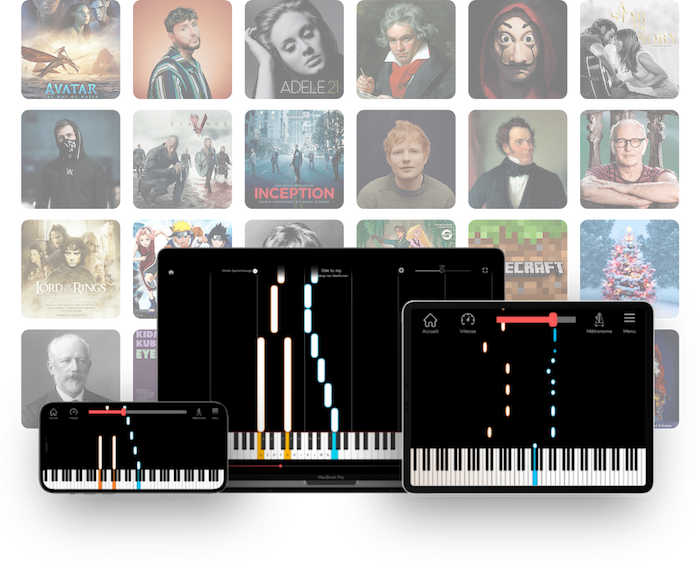
The E-flat major chord, noted Eb (E♭) in sheet music, is a harmonic mainstay in many musical genres, from jazz to pop. Its presence is frequent in ballads and romantic pieces, where it helps create enveloping atmospheres.
In this article, we’ll learn how to play the notes and inversions of the E flat chord on the piano. To do so, we’ll provide you with textual details on the notes and their fingering, as well as explanatory diagrams and tutorial videos. At the end of the article, you’ll find a selection of songs that use this chord in their musical production.
Ready to get started? Let’s get started!
Learn chords and more with the La Touche Musicale app
The E-flat major chord, often abbreviated to Eb major, is a triadic chord in the tonal music system. It consists of three notes: the root note E-flat (Eb), the major third G (G), and the perfect fifth B-flat (Bb). This chord is renowned for its warm sound, playing a central role in various musical genres, including jazz, classical and pop. It evokes feelings of comfort and well-being.
B♭ – Fifth finger (5)
G – Third finger (3)
E♭ – First finger (1)


B♭ – First finger (1)
G – Third finger (3)
E♭ – Fifth finger (5)


Learn chords and more with the La Touche Musicale app
E♭ – Fifth finger (5)
B♭ – Second finger (2)
G – First finger (1)


E♭ – First finger (1)
B♭ – Third finger (3)
G – Fifth finger (5)


G – Fifth finger (5)
E♭ – Third finger (3)
B♭ – First finger (1)


G – First finger (1)
E♭ – Third finger (3)
B♭ – Fifth finger (5)


Learn chords and more with the La Touche Musicale app
To perfect your experience of this chord, we strongly recommend that you practice several times a week. This, combined with effective exercises, will enable you to quickly master the E flat major chord on the piano. You can also use our piano learning app to practice this chord with your favorite songs.
Here are a few exercises to help you make rapid progress:
Start by playing the E-flat major chord in root position, as seen earlier in this article. Then move on to a G minor chord (Gm), an A flat major chord (Ab), and finish with a B flat major chord (Bb). Repeat this progression several times to familiarize yourself with the transition from one chord to the next, emphasizing fluidity and precision.
Play the notes of the E-flat major chord in arpeggio, i.e. one at a time, ascending and descending the piano keyboard. Start slowly, to get to grips with the sound of each note, and gradually increase the tempo. This exercise will help develop the agility of your fingers while reinforcing your sound recognition of the chord.
Using a simple rhythmic base or a recording of your choice in the key of E-flat major, improvise melodies using only the notes of the E-flat major chord (Eb, G, Bb). The aim is to develop your musical ear and creativity by exploring different ways of integrating this chord into a particular melodic context.
Choose an easy song you know well and transpose it to E♭ major. This transposition involves playing all the chords in the song, moving them until they align harmonically with the E♭ major chord. This advanced exercise will improve your understanding of music theory and your adaptability at the piano.
Create an accompaniment for a melody using the E-flat major chord as the main chord. Vary the rhythms and inversions of the chord to maintain interest and originality. Try incorporating rhythmic or harmonic elements you don’t normally use to enrich your sound palette.
In this timeless, popular Ray Charles tune, the E-flat major chord contributes strongly to the expressiveness of the piece.
A jazz standard often played in E♭t major, this song uses this chord to evoke the passing of time and the melancholy beauty of autumn. Its harmonic progression has served as the basis for many jazz improvisation exercises.
In this famous song by international artist Bruno Mars, the E-flat major chord plays a key role in creating a warm, welcoming atmosphere. It’s an excellent example of the use of this chord in contemporary pop.
The E♭ major chord occupies a special place in the musical landscape, spanning genres and eras with timeless grace. Its warm, enveloping sound makes it a powerful expressive tool for composers and musicians, capable of evoking a wide range of emotions.
We recommend that you practice this chord several times a week, so that you can incorporate it into your compositions or piano performances.
You can also use our piano learning app to practice this chord and many others with your favorite songs.
It’s a triad made up of a root note, a third and a fifth.
B♭ – Fifth finger (5)
G – Third finger (3)
E♭ – First finger (1)
E♭ – Fifth finger (5)
B♭ – Second finger (2)
G – First finger (1)
G – Fifth finger (5)
E♭ – Third finger (3)
B♭ – First finger (1)
La Touche Musicale is a popular app specialized in piano learning. You can register for free and learn to play your favorite songs with this chord and many others.
You can use our La Touche Musicale app or browse our blog category to learn how to play all the popular piano chords.
Help democratize piano learning by sharing this article:
Learn to play all the chords to your favorite songs on the piano




La Touche Musicale offers powerful AI apps to help you learn, play, and transcribe music effortlessly. Discover them below.
Ideal for: solo piano

Transcribe your piano pieces to sheet music with unrivalled precision.
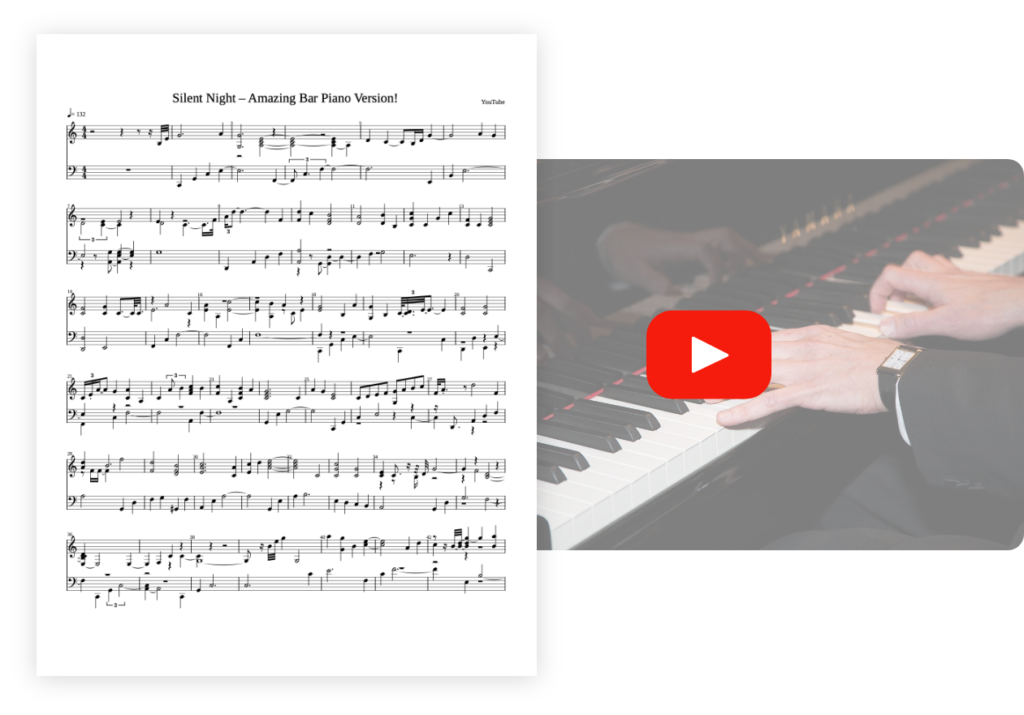
Ideal for: solo guitar

Transcribe your guitar tunes into tablature with unrivalled precision.
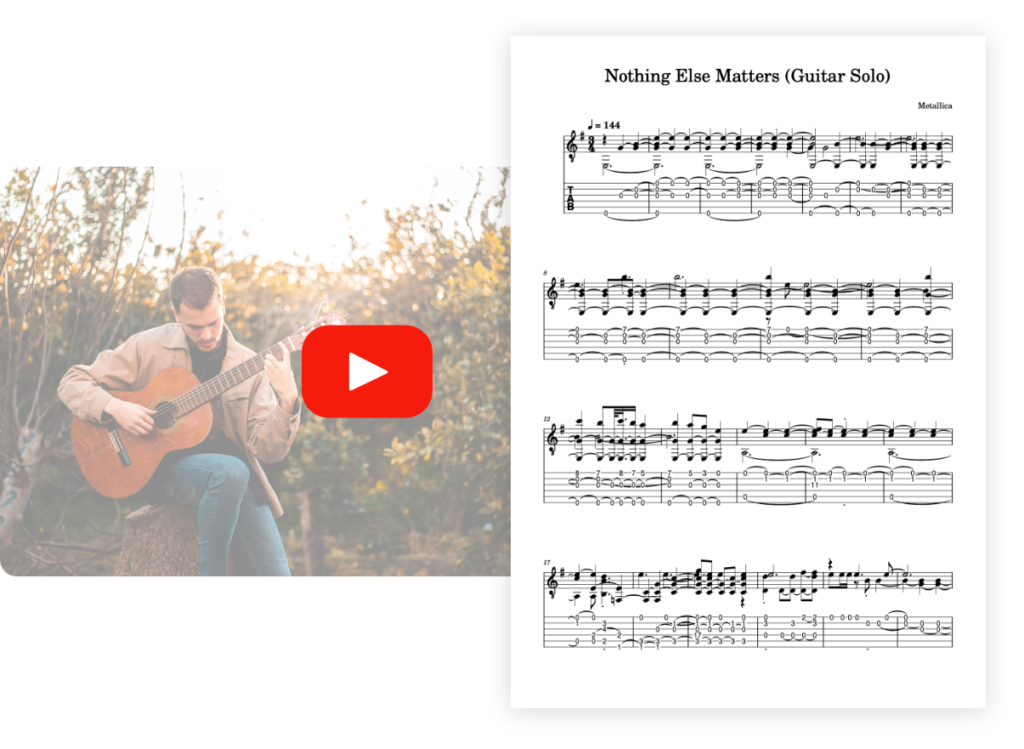
Ideal for: solo vocals

Transcribe your vocal recordings into sheet music with unrivalled precision.
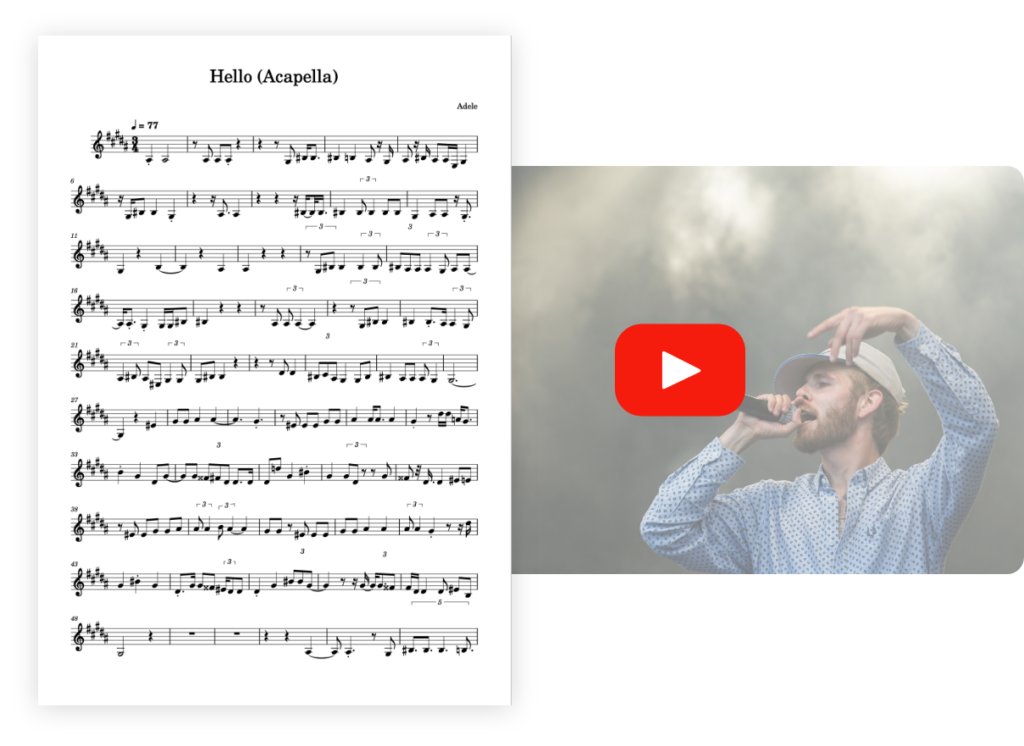
Ideal for: multi-instruments

Transcribe your multi-instrument tracks into sheet music with unrivalled precision.
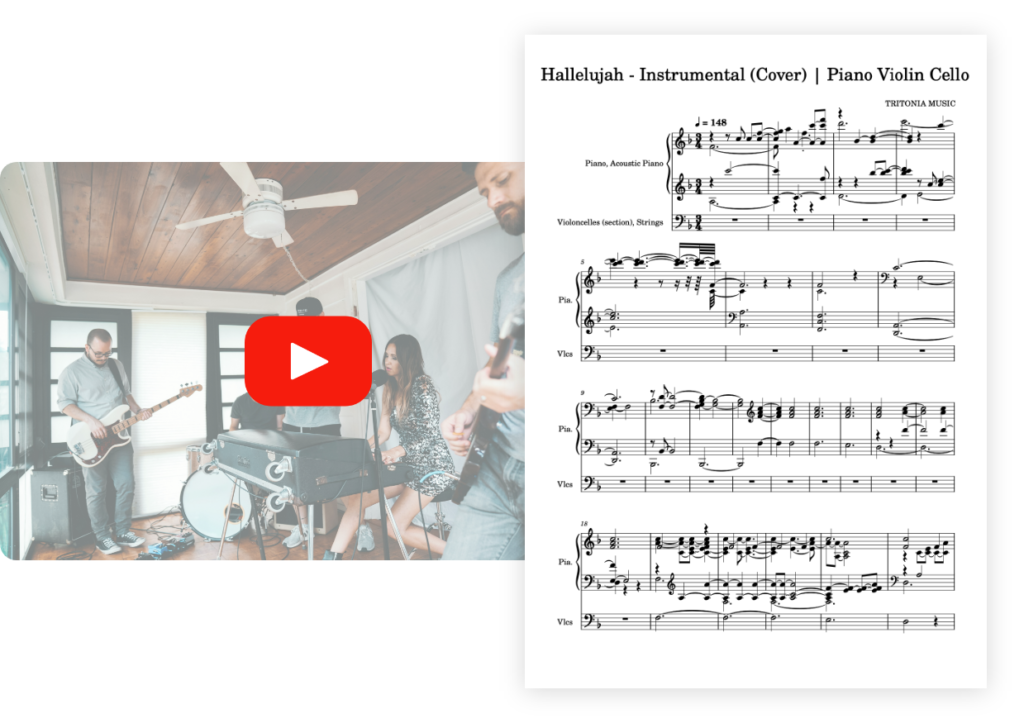
Ideal for: solo drums

Transcribe your drum tracks into sheet music with unrivalled precision.

Ideal for: solo violin

Transcribe your violin pieces into sheet music with unrivalled precision.
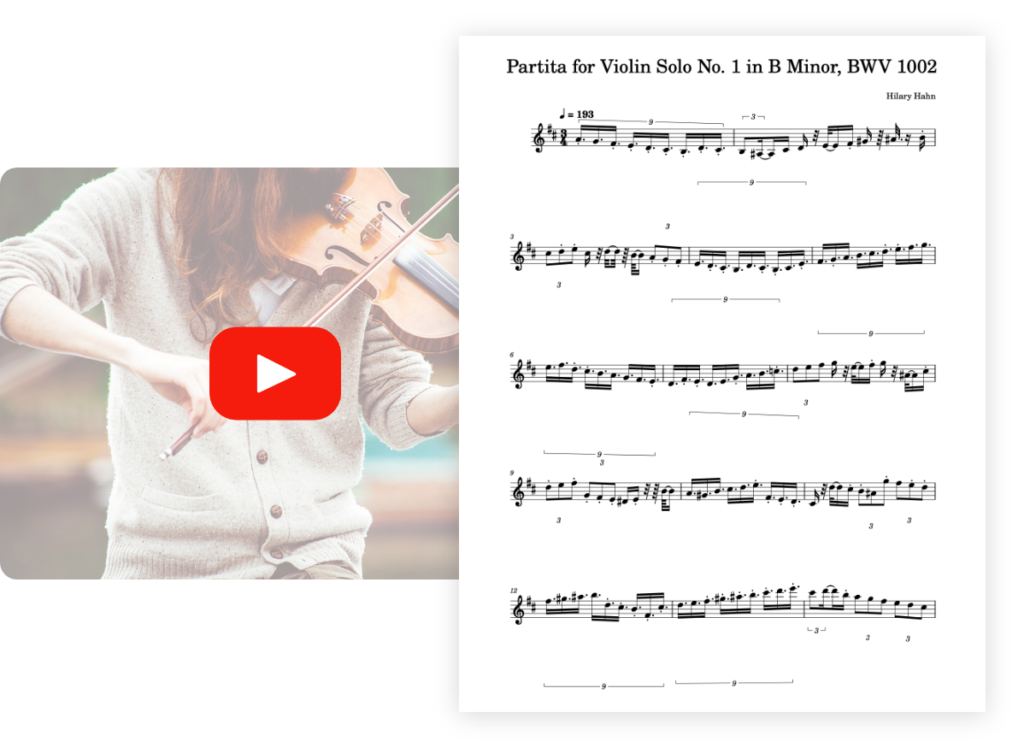
Optimized for: solo saxophone 🎷

Transcribe your saxophone pieces into sheet music with unrivaled precision.

Optimized for : solo flute 🪈

Transcribe your flute pieces into sheet music with unrivaled precision.
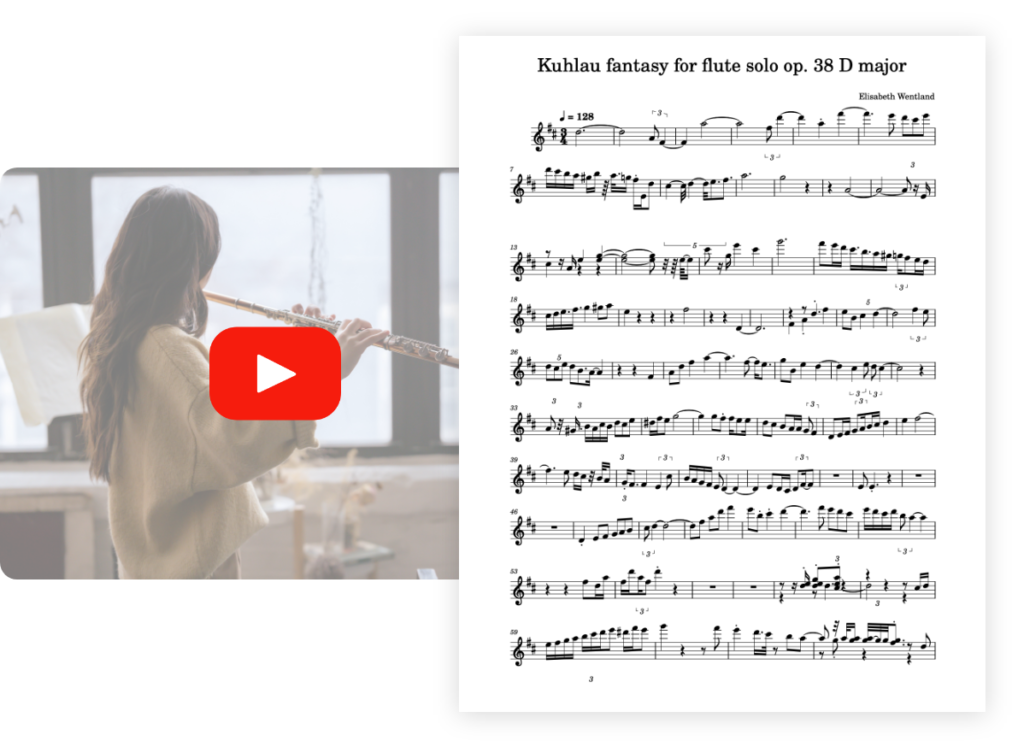
Optimized for : solo bass 🪕

Transcribe your bass pieces into sheet music with unrivaled precision.
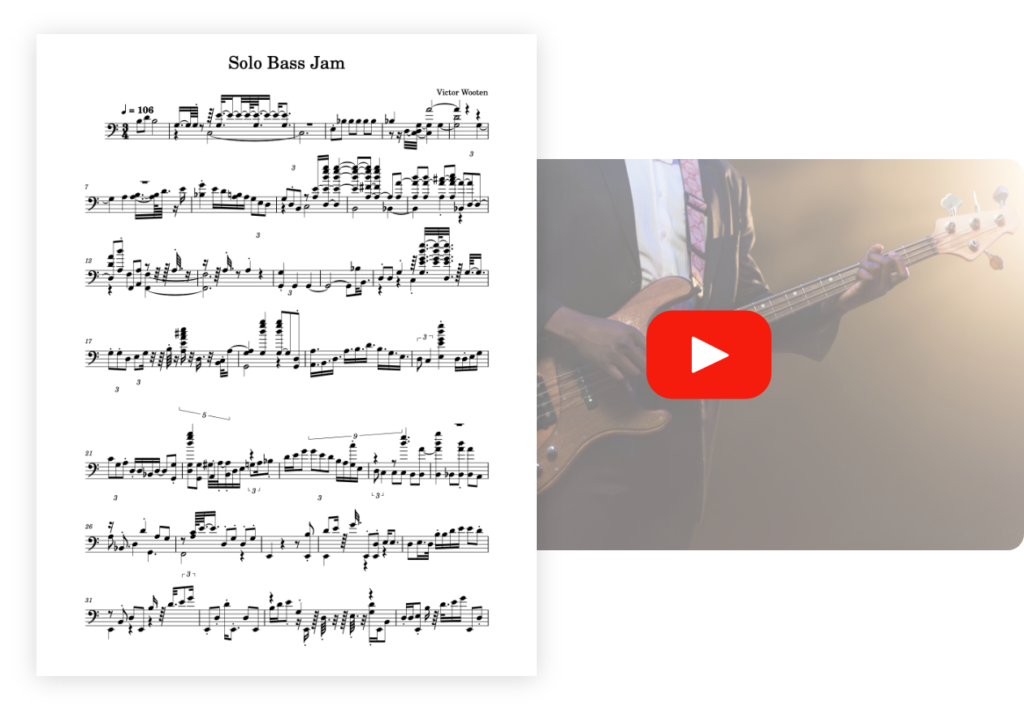
PianoGo lets you learn to play over 3,000 songs easily on the piano.
